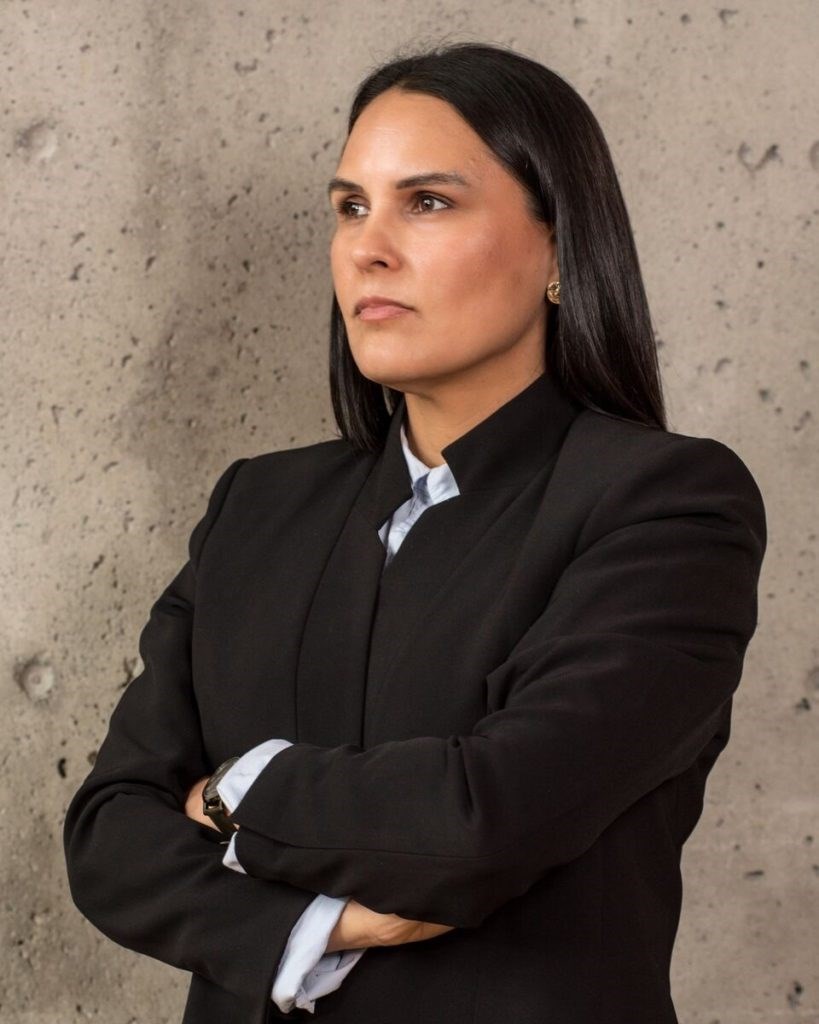One of the contributors I’ve been most proud to have on the site is Carol Anne Hilton, founder of the Indigenomics Institute.
This week, Carol Anne hosts her first national conference, Indigenomics By Design – 100 Billion Dollar Indigenous economy, June 24-26 at River Rock Casino in Richmond.
Recommended to me as a potential contributor by a mutual friend, Carol Anne is ambitious – not for herself, but Indigenous people and Canada. She sees a future where the Indigenous economy contributes $100 billion to the country – and soon.
To get there, Carol Anne, who is of Nuu-chah-nulth heritage, says Canadians need new language to move toward economic reconciliation.
She launched the word as the hashtag #Indigenomics on Twitter. Since then, she has established an entire movement on Indigenous economic inclusion and reconciliation.
Carol Anne currently serves as an advisor on the BC Emerging Economy Task Force, the BC Indigenous Business and Investment Council and as a Director on the McGill Institute for the Study of Canada and the BC Digital Supercluster. Hilton also served as a senior advisor on the Canadian Economic Growth Council and most recently with the national Smart Cities Jury.
Q: I know you get asked this all the time – and you and I have had this conversation – but for the benefit of those who don’t know, what exactly is Indigenomics?
In short, it’s the practice of bringing an Indigenous perspective to economic and social development. Indigenomics is the collective economic response to the legacy of systemic exclusion of Indigenous peoples in the development of this country. Indigenomics is the conscious claim and creation of space for the advancement of the emerging Indigenous economy and an increase in Indigenous economic activity.
Q: Your $100 billion vision – how realistic is it, and what kind of timeframe are we talking about?
The $100 billion Indigenous economy grew from my work on the Canadian Economic Growth Council, where I examined existing data measuring the emerging size of the Indigenous economy.
In 2016 the size of the Indigenous economy was estimated to be close to $30 billion; it actually came in at $32 billion, with a significant escalation in growth over the previous 10 years. Based on this initial valuation, it became increasingly clear to me that there was no one doing actual Indigenous economic design.
It became important to me to develop a narrative around the growing strength of Indigenous peoples and center our role and significance in the Canadian economy. I believe a $100 billion Indigenous annual economy can be achieved by 2023.

Q: Is Indigenomics just for Indigenous people?
Indigenomics is a platform for modern Indigenous Design. The Indigenomics Institute has established an Indigenomics economic mix: 12 levers to support the growth of the Indigenous economy. These levers include areas such as philanthropy, capital, trade, entrepreneurship, infrastructure and procurement. There are areas for all government, industries, and businesses to engage in.
Q: Can you give an example of Indigenomics in action?
Indigenous Works developed national research that identified that up to 85% of Canadian businesses do not engage with Indigenous peoples in any way.
This is a huge opportunity to engage with Indigenous communities, skill development, trades, procurement and small family businesses.
Q: What separates Indigenomics from otherwise ordinary – but still important – investment and economic activity?
Indigenomics is an invitation into Indigenous economic inclusion today. The development of Canada’s economy hasn’t included Indigenous peoples; this is a new movement towards Indigenous economic inclusion as the future of Canada.
Q: Tell me a bit about how you came to have the idea. Was there a single moment, or was this a gradual realization?
This was a gradual realization. I was having the right conversations with the right people at the right time, and I began to see the pattern of what Indigenous economic growth can look like in this country.
Q: Tell me about some of the speakers you lined up for your conference.
There is an amazing list of speakers coming to this conference.
We'll hear from the four core partner organizations: National Aboriginal Capital Corporation; National Aboriginal Trust Officers Association; The First Nations Major Project Coalition; and the Canadian Council for Aboriginal Business.
We have visitors coming from the University of Auckland Business School, as well as a keynote address from the Minister of Indigenous Services, Seamus O’Regan.
We are unleashing the 12 economic levers and will hear from thought leaders engaging in growing the Indigenous economy, such as David Isaac of WDusk Energy, a leader in Indigenous clean energy; Jace Actually of Shopify; Denise Williams of the First Nations Technology Council; Shannin Metatawabin of the National Aboriginal Capital Corporation – just as some examples.
Finally, we are super excited to have Buffy St. Marie – iconic Canadian Indigenous singer and activist – coming in for the gala’s keynote address.
Q: Do you think more young Indigenous Canadians should think about opportunities that Indigenomics could bring about?
Yes! This country needs to experience a generational shift; moving away from seeing Indigenous peoples as a burden on the fiscal system, and towards seeing Indigenous peoples as economic powerhouses. It’s about identifying the economic opportunity of inclusion and reconciliation.
Maclean Kay is Editor-in-Chief of The Orca


